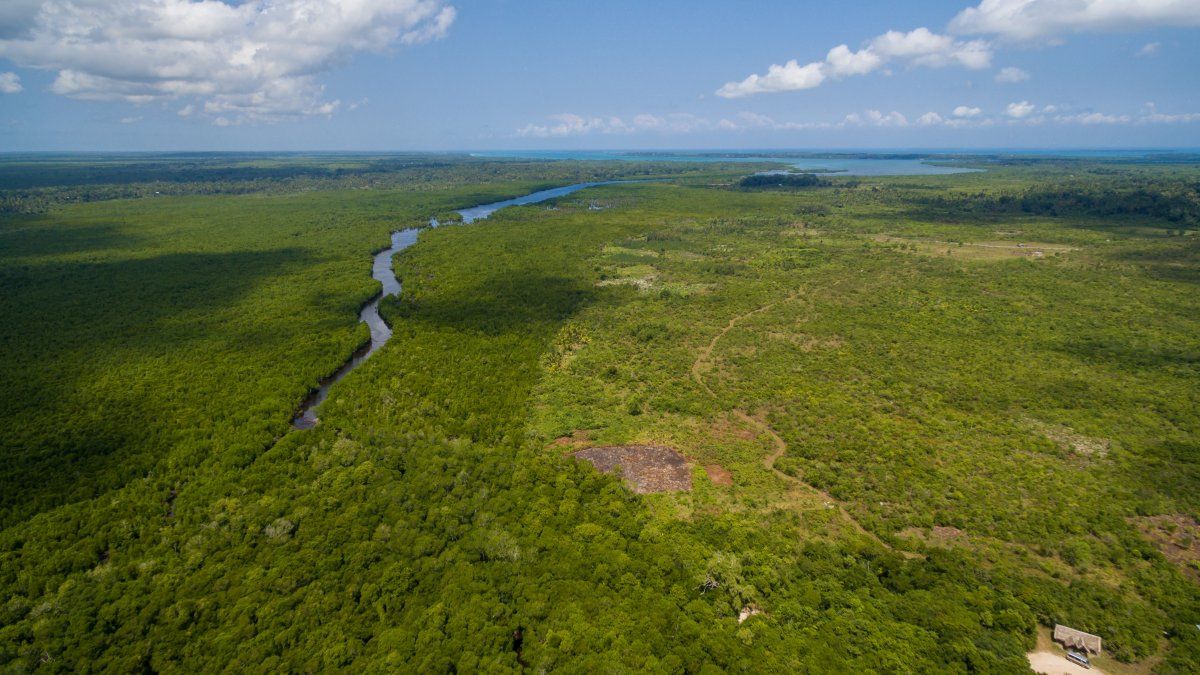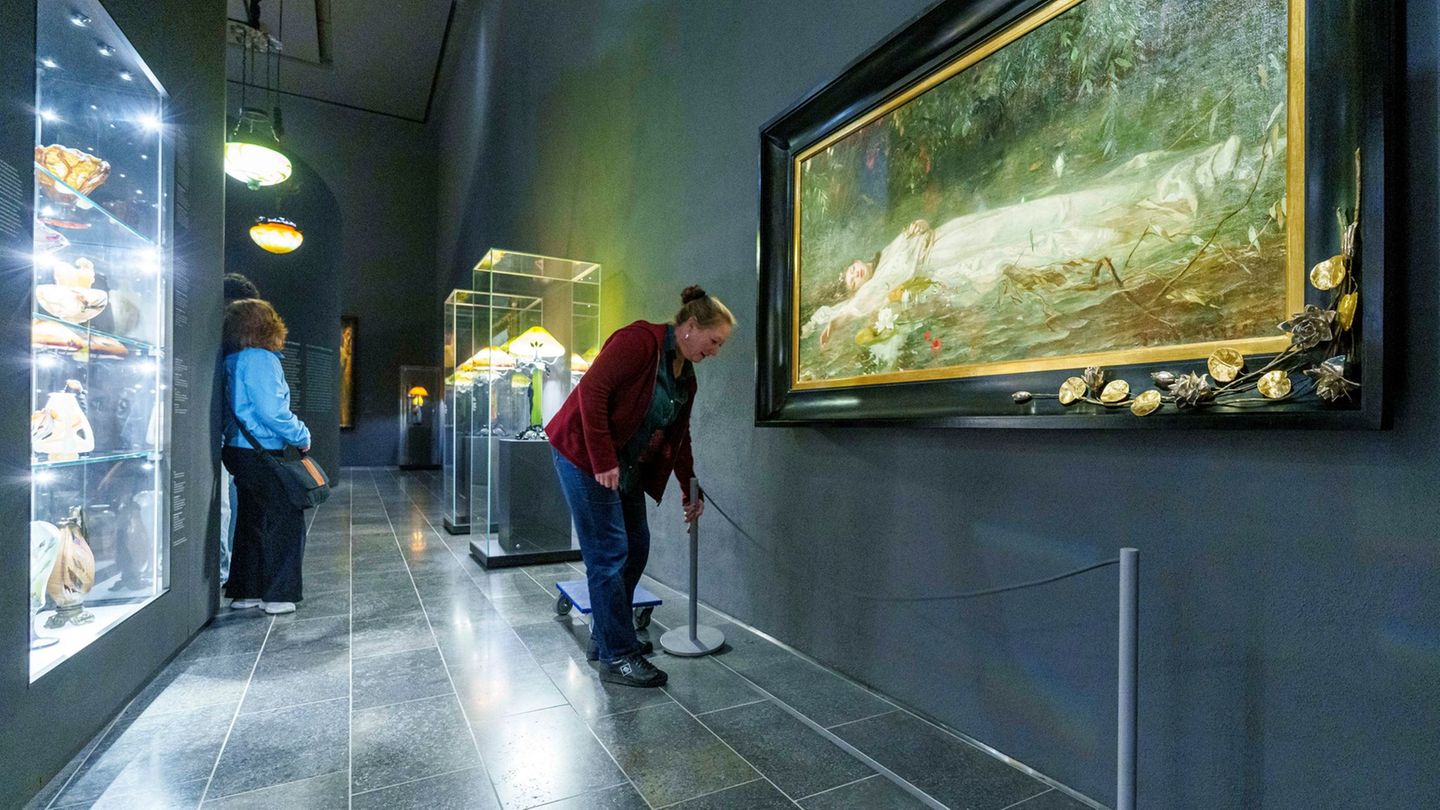A study warned about the worrying situation in the Amazon. The report indicates that the heat and drought caused by the climate change and other factors threaten to cause the collapse of the Amazon rainforest, concluding that almost half of that territory could reach disappear in 2050.
According to the researchers, “the region is increasingly exposed to unprecedented stress from global warming.” temperatures, extreme droughts, deforestation and fires, even in the central and remote parts of the system.
Furthermore, they estimate that between 10% and 47% of the current forest cover of the Amazon will face these factors in 2050. Bernardo Floresan ecologist at the University of Santa Catarina and lead author of the report published in the journal Nature, stated that “when we cross this tipping point, perhaps we can’t do anything anymore“.
The experts’ explanation of the situation in the Amazon
climate-earth-global-warming.jpg
Climate change and other factors threaten to cause the Amazon to collapse
Pixabay
Flores maintained that “the forest will die by itself“and that it is time to declare “the Red alert” for the Amazon rainforest. Meanwhile, experts maintain that warming temperatures are undermining the region’s humidity and jungle is turning into sabanor in other forms of degraded ecosystems more likely to suffer forest fires.
In that sense, they explain that, as the land dries out, more fires could break out. To carry out the analysis, the researchers studied forested areas and took into account climatic and human factorsforest road construction trends and land management status.
The report is an attempt to assess if and when the rainforest ecosystem could change, which could be catastrophic, since the Amazon is very important because it absorbs large amounts of carbon dioxide from the atmosphere.
Disappearance of the Amazon: the other two possible results
In addition to possible “savannization”, the researchers mention two other possible results. On the one hand, the expansion of degraded forests and, on the other, the increase in open canopy ecosystems dominated by fire-tolerant species.
As stated Marina Hirotafrom the University of Santa Catarina in Brazil and co-author of the study, “the pathways are different, but they are all related to the biodiversity loss“. In addition, he referred to the indigenous communities that depend on the forest to obtain resources: “If you live off the forest (…) you will have nothing,” he warned.
The climatologist Carlos Nobre, from the Brazilian University of Sao Paulo, was not involved in the study but did say that it “shows how close the Amazon rainforest is to a tipping point.” According to him, 18% of the Amazon rainforest has already been destroyed and, If this figure reaches 20-25%, the jungle could become a savanna.
Finally, the ecologist Nicola Clericifrom the Universidad del Rosario in Bogotá and who also did not participate in the study, warned that more research is needed to increase the level of scientific certainty and stated that “this research topic should be in the world agenda“.
Oliver Griffin.-
Source: Ambito




